Welcome to the fascinating world of snakes, where these slithering creatures have captured the hearts of many reptile enthusiasts. With over 3,000 species found across the globe, each one boasts unique dietary needs and behaviors that play a crucial role in their overall health and well-being.
If you’ve ever wondered ‘what do snakes eat?’, then this ultimate guide will unveil essential information for beginners about snake diets, revealing interesting facts on their feeding habits while offering practical tips to ensure your pet snake thrives.
Key Takeaways
- Snakes have unique dietary requirements that vary by species and impact both their behavior and overall health. It’s essential to understand the appropriate prey size and type for your pet snake, as well as determine feeding frequency based on age and size.
- Digestion is a crucial factor to consider when feeding snakes; understanding this process can help prevent issues like regurgitation.
- Some snakes are carnivorous, herbivorous or omnivorous. Different types of snakes require specific diets to thrive, so it’s necessary to research the nutritional needs of your pet snake accordingly.
The Importance Of Understanding What Snakes Eat
Understanding what snakes eat is crucial for their overall health and behavior, as different species have specific dietary requirements.
Diet Influences Behavior And Health
A snake’s diet plays a significant role in shaping its behavior and overall health. The dietary requirements of different snake species vary, which means that providing the appropriate nutrition ensures their well-being and longevity.
Moreover, the nutritional content of certain food items can impact how snakes interact with their environment. A well-fed snake is more likely to exhibit natural behaviors like exploratory activities or basking for warmth and staying active during hunting hours.
Conversely, inadequate or imbalanced diets may contribute to sluggishness or irritability in these reptiles.
Different Species Have Different Dietary Requirements
Understanding the unique dietary requirements of various snake species is crucial for both beginners and seasoned snake enthusiasts. Each species has evolved to thrive on specific types of prey, making it essential to cater to their individual needs in order to maintain optimal health.
For instance, ball pythons primarily consume small mammals such as rodents in the wild, while garter snakes hunt amphibians and insects.
Fulfilling these distinct nutritional requirements not only contributes to a snake’s physical well-being but also plays a pivotal role in supporting its natural behaviors and overall quality of life.
Providing pet snakes with an appropriate diet based on their natural prey preferences helps avoid complications related to malnutrition or deficiencies that may occur due to incorrect feeding practices.
Types Of Snakes And Their Diets
Different types of snakes have different dietary requirements. For example, carnivorous snakes require a diet of live prey that includes rodents, birds, reptiles, and amphibians.
On the other hand, herbivorous snakes feed on plant matter and insects. Omnivorous snakes consume both plants and animals.
Carnivorous Snakes
Carnivorous snakes, which encompass all snake species, rely solely on consuming meat or animal eggs to fulfill their dietary needs. These reptilian predators have evolved with specialized skills and physical attributes to hunt a diverse range of prey.
The environment plays a crucial role in determining the diet of these carnivorous snakes. In fact, wild snakes often adjust their diets according to what is accessible in their habitat – from mammals and birds to various invertebrates including insects.
Herbivorous Snakes
While most snakes are strictly carnivorous, there are a few species that have adapted to thrive on plant matter. The best examples of herbivorous snakes include the green anaconda and the elephant trunk snake, which both consume a mix of aquatic plants in addition to smaller animals like fish.
These snakes have specialized digestive systems that accommodate for the tougher nature of plant materials, featuring longer intestines and microbial flora that help break down cellulose.
Omnivorous Snakes
Omnivorous snakes are fascinating creatures that have a diverse diet consisting of both plant and animal matter. Some common examples of omnivorous snakes include the garter snake, which feasts on fish, insects, and small mammals – as well as fruits and vegetables like berries and mushrooms.
These adaptable animals have developed unique mechanisms for digesting their food, allowing them to consume a wider range of substances than carnivorous or herbivorous snakes.
However, it’s still important to carefully consider what you’re feeding your pet omnivore to ensure they receive all necessary nutrients for optimal health.
Understanding Snake Digestion
Snakes have a unique digestive process that involves the gradual breakdown and absorption of their prey, making feeding frequency and prey size crucial factors to consider.
Digestive Process
Understanding the digestive process in snakes is crucial to providing them with a healthy diet. Snakes have a very different gastrointestinal tract than mammals, as they lack both teeth and saliva to break down food before swallowing.
Instead, their stomachs secrete strong gastric acid and enzymes that dissolve prey whole, breaking it down into chyme.
Once digestion is complete, everything except hair, feathers, and claws are excreted in the feces. It’s important to understand this unique digestive process when feeding your pet snake because improper feedings or overfeeding can lead to regurgitation or other health issues.
Feeding Frequency
The feeding frequency for snakes varies greatly depending on their age, size, and species. For example, juvenile snakes require more frequent feedings than adult snakes due to their smaller stomachs and higher metabolic rates.
Additionally, some snake species have a slower metabolism and can go weeks or even months without eating.
Overfeeding or underfeeding can both cause health problems for your snake. Feeding too frequently can lead to obesity and digestive issues while not feeding enough can cause malnutrition and stunted growth.
Regurgitation
Regurgitation is a common issue that snakes face in captivity. It occurs when a snake vomits or regurgitates its food, and it’s often associated with poor husbandry practices.
When snakes are stressed or kept in unsuitable conditions, they may regurgitate their meals. This can also happen if the prey item is too large for the snake to digest properly.
To prevent regurgitation, it’s important to ensure that your pet snake has an appropriate environment and feeding schedule. Keep records of what your snake eats and how much so you can adjust their diet accordingly.
Additionally, do not handle your snake immediately after feeding to avoid stress on their digestive system.
Feeding Tips And Techniques
Choose the right prey size and type, determine feeding frequency, and properly prepare live or frozen food – learn more about feeding your pet snake with our essential tips and techniques.
Prey Size And Type
Understanding the size and type of prey that different snake species eat is crucial when caring for these fascinating creatures. The size of the prey should be appropriate for the size and age of the snake, as feeding them prey that is too large can cause regurgitation or even internal injuries.
For example, ball pythons typically eat mice or rats, with young snakes usually consuming smaller rodents than adults. Additionally, different snake species have their own preferences when it comes to what types of prey they will consume.
It’s also important to note that some pet owners choose live prey instead of frozen ones because it stimulates their snake’s natural hunting instincts. However, this practice can be risky as live prey can injure a captive snake if left unattended.
Feeding Frequency
Understanding the feeding frequency of your snake is crucial for its overall health and well-being. Smaller or younger snakes usually eat twice a week, while larger, more mature snakes eat once a week or two.
The frequency at which snakes need to eat is determined by their size and age; therefore, it’s essential to monitor the physical condition of your snake and adjust meal size/frequency accordingly.
Overfeeding can lead to obesity and other health issues, while underfeeding can cause malnutrition and dehydration.
For example, ball pythons are known for being picky eaters who may refuse meals occasionally due to stress or changes in their environment.
Live Vs. Frozen Prey
Choosing between live and frozen prey is a common question among reptile owners. While there are advantages to both, many experts recommend feeding thawed, previously frozen prey to snakes whenever possible.
One advantage of frozen prey is that it has been humanely treated and avoids the ethical concerns associated with feeding live animals.
Feeding live animals, on the other hand, can sometimes lead to aggression in snakes as they associate their keepers with food delivery. In some cases, this behavior can become dangerous and lead to bites or scratches.
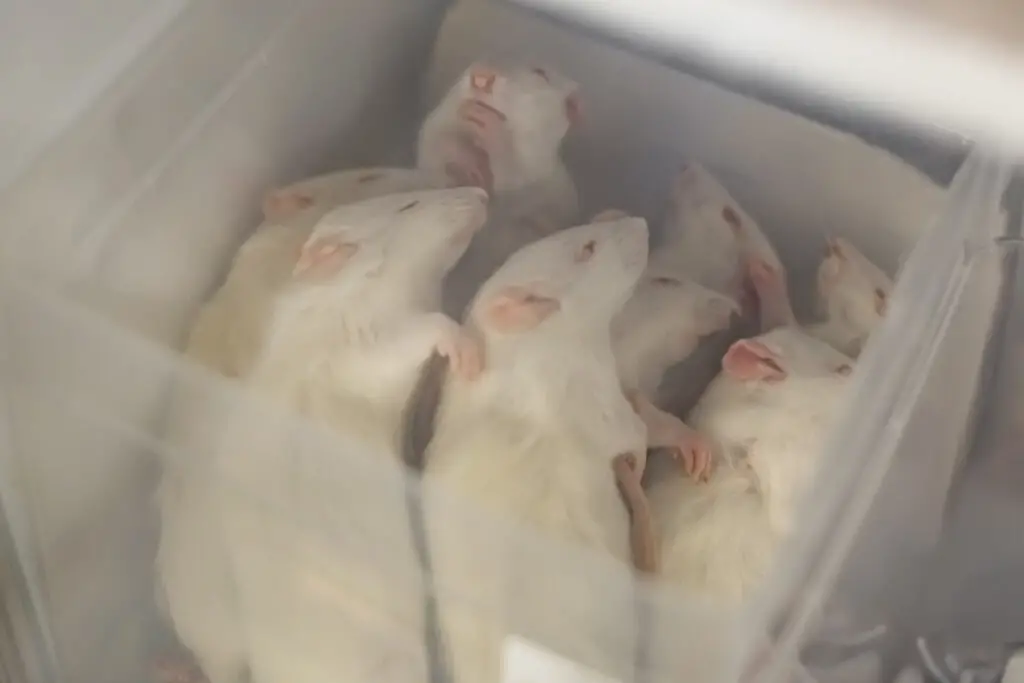
Feeding Methods
Feeding methods for snakes are essential to ensure their health and well-being. It is recommended to feed your snake in a separate enclosure, such as a feeding bin or cage, to avoid any stress or anxiety over mealtime.
Prey should be left overnight in the snake’s enclosure without any interaction from the owner until it has been fully consumed by the snake.
When handling live prey, always supervise your pet closely and never leave them unattended. In some cases, using frozen prey can be safer for both your snake and yourself since it eliminates the risk of injury that could result from latching on during feeding time.
Additionally, using tongs when offering food can reduce the likelihood of accidental bites from a misaimed strike.
Keywords: Snake feeding methods, Separate enclosure for feeding, Live vs Frozen Prey Items
Common Prey Items For Snakes
Snakes commonly prey on mice and rats, as well as birds, reptiles and amphibians, and even insects depending on their species.
Mice And Rats
Mice and rats are some of the most common prey items for pet snakes. These small rodents provide ample nutrition for snakes due to their high protein content.
Pet owners often purchase frozen mice and rats from specialty stores that offer a variety of sizes to suit different snake species. It’s important to choose the appropriate-size prey item as larger food can cause digestive issues, while smaller prey may not satisfy a snake’s hunger.
Different types of snakes also have varying dietary requirements, so it’s essential that owners research and understand what their specific pet needs for optimal health and well-being.
Birds
Birds are a common prey item for many snake species. Raptors like hawks, eagles, and owls are known to eat snakes, but some snake species can also turn the tables and hunt birds.
For example, small bird species that live on or near the ground are at risk of being eaten by snakes such as rat snakes or garter snakes.
While birds may be part of a snake’s diet, it’s important to note that no snake species relies solely on eating birds. Snakes are opportunistic feeders and will eat whatever prey is available in their environment.
Reptiles And Amphibians
Snakes are fascinating predators that come in a wide range of shapes and sizes. One crucial aspect of understanding snakes is knowing what they eat, and for many species, this means reptiles and amphibians.
Some snake species prefer to eat these vertebrates as their primary diet, while others may adapt to eating them when other prey items are scarce. The Teacher’s Guide on Reptiles and Amphibians mentions examples of reptiles such as turtles, snakes, lizards, alligators, and crocodiles.
It’s essential to understand the different types of prey that each snake species requires so you can provide an appropriate diet for your pet or identify what snakes might be living in a particular habitat based on their food sources.
Aside from being important dietary components for snakes, reptiles and amphibians also play critical roles in various ecosystems worldwide. They help control insect populations by consuming mosquitoes and other pests that spread diseases like malaria; they also serve as food for larger predators like birds of prey or large mammals like bears or panthers in some habitats.
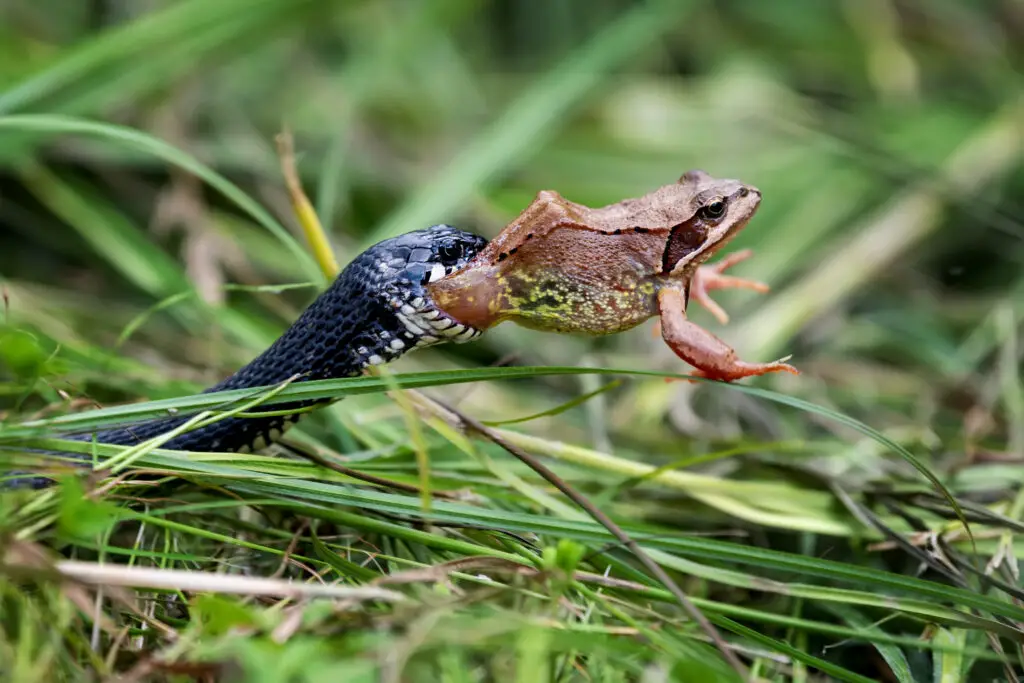
Insects
Insects are an essential part of a snake’s diet, providing much-needed protein and hydration. In fact, some species such as the hognose snakes rely heavily on insects for their nutritional needs.
Snakes will often eat crickets, mealworms, grasshoppers, and other small insects in the wild or captivity. Not only do these bugs provide necessary vitamins and minerals, but they also play a critical role in helping snakes shed their skin by acting as natural exfoliators.
Insect prey should always be appropriately sized to ensure that it is not too large for your pet snake to swallow safely.
Feeding Problems And Solutions
Feeding problems can arise when keeping a pet snake, such as refusal to eat or overfeeding. However, these issues can be resolved with the right tips and techniques for feeding.
Refusal To Eat
One of the common feeding problems that pet snake owners face is when their snakes refuse to eat. This can be concerning, but it’s important to understand that there are many reasons why a snake may refuse food.
Some possible causes include illness or stress, incorrect prey size or temperature, and changes in environment or feeding schedule.
To address refusal to eat, it’s essential to first identify the underlying issue by observing your snake’s behavior and consulting with an experienced reptile veterinarian if necessary.
Sometimes simple solutions like adjusting the temperature or offering a different type of prey can entice your snake to start eating again.
Overfeeding
Overfeeding is a common feeding problem that many snake owners encounter. This can lead to nutritional imbalances, digestive issues, and regurgitation. It’s important to monitor the frequency and amount of food your snake consumes, as excessive feeding can cause serious health problems in the future.
For example, overfeeding baby corn snakes can stunt their growth and lead to obesity later in life. To avoid overconsumption, it’s essential to regulate your snake’s appetite by ensuring that they receive the appropriate prey size and type based on its species’ dietary requirements.
Additionally, understanding how often to feed your snake is crucial for maintaining its overall health and well-being while also preventing feeding complications such as choking or malnutrition.
It’s vital to take preventive measures against overfeeding so that you don’t have any difficulty with diet deficiencies later on down the line. Overconsumption can vary among different species of snakes; consequently, inexperienced owners may typically make this error frequently without realizing there are ramifications much further down the road otherwise dealt with instantly through altering diets or reducing meal portions gradually until a healthy balance is achieved once again.
Underfeeding
Underfeeding is a serious concern when it comes to caring for pet snakes. Not providing enough food can lead to malnourishment and potentially fatal health problems. Signs of underfeeding may include weight loss, lethargy, and a decrease in appetite.
An example of underfeeding in pet snakes is failing to provide enough mice or rats as their primary source of nutrition. Some owners may try to feed their snake only once every few weeks, which can be detrimental to their overall health.
Properly feeding your snake at regular intervals will ensure they receive all the necessary nutrients needed for healthy digestion and growth.
Diet Deficiencies
It’s essential to provide a complete and balanced diet for pet snakes to ensure their optimal health. However, some commercially-bred feeder rodents may have nutritional deficiencies that can negatively impact your snake’s health.
For example, vitamin D deficiency in rodents can lead to similar deficiencies in reptiles fed on them, resulting in metabolic bone disease.
Moreover, overfeeding your snake with nutrient-poor prey items like mice can also cause malnutrition.
Ensuring proper nutrition is especially important for young snakes as they need more nutrients to grow adequately. Nutritional deficiencies can cause stunted growth or other developmental issues that may be irreversible if not addressed promptly.
Ensuring Ethical Feeding Practices
It is important to avoid feeding wild-caught prey and instead use alternatives to live prey, and to dispose of any remains responsibly, in order to ensure ethical feeding practices for pet snakes.
Avoiding Feeding Wild-caught Prey
It is crucial to ensure ethical feeding practices when it comes to your pet snake. One way to do this is to avoid feeding them wild-caught prey. Many snakes are at risk of being captured from the wild and sold into the pet trade, leading to habitat loss and declining populations.
Additionally, wild-caught prey can carry diseases that could harm your snake.
By avoiding feeding your snake wild-caught prey, you not only contribute to conservation efforts but also ensure the health and well-being of your beloved pet. Some states even have laws against feeding snakes live vertebrates such as mice or rats obtained in the wild due to their potential impact on local ecosystems.
Alternatives To Live Prey
For caretakers who are hesitant or unable to feed their snakes live prey, there are now alternative diets available that offer complete nutrition. These options include commercially produced frozen rodents and other prey items, as well as specially formulated pellet-based diets.
It is also worth noting that when feeding live prey, it is important to ensure ethical practices are followed. This includes avoiding the use of wild-caught prey and ensuring proper disposal of any remains.
Additionally, caretakers can choose to provide environmental enrichment for their snakes by offering food in different ways such as hiding prey items within an enclosure to promote natural hunting behaviors.
Responsible Disposal Of Remains
To ensure ethical feeding practices for pet snakes, it is important to dispose of their prey’s remains responsibly. Avoid releasing the remains into the environment as they may carry diseases and attract other wildlife to your home.
Instead, safely dispose of them in sealed bags and discard them in a garbage bin or bury them away from your home. Another option is to use a composting system specifically designed for animal waste disposal.
It is also worth noting that there are alternatives to live prey when feeding pet snakes ethically. Some owners prefer frozen-thawed rodents as they eliminate the need to kill live animals while still providing a healthy diet for their pets.
Snake Healthcare
Regular checkups from a veterinarian who specializes in reptiles are important to ensure your snake’s health and well-being.
Regular Checkups
Regular checkups are an essential aspect of snake healthcare. It is important to schedule routine checkups with a veterinarian who specializes in reptile healthcare.
Regular exams can help identify potential health problems before they become serious issues. During these checkups, the veterinarian may perform blood tests, cultures, or X-rays to detect any underlying diseases that might not show obvious symptoms.
Pet snakes need proper veterinary care just as much as any other pet animal needs it. Even though there are no mandatory vaccines for pet snakes, regular checkups should be made part of their care regimen for early detection of potential health issues.
Signs Of Illness
As a responsible pet owner, it’s crucial to keep an eye out for any signs of illness in your snake. Some common symptoms of snake illness include discolored patches on the skin, difficulty breathing, swollen jaw or mouth, and blisters or abrasions on the skin.
Another indication that something may be wrong is if you notice a change in your snake’s behavior.
It’s essential to act quickly if you suspect your pet snake is unwell and seek veterinary care as soon as possible. Common health conditions in snakes can range from respiratory infections to parasitic infestations and more severe diseases such as septicemia.
Common Diseases
Snakes are prone to a variety of diseases, some of which can also affect humans. One such disease is respiratory infection, which is caused by bacteria and viruses that infect the snake’s respiratory system.
Signs of respiratory infections include wheezing, discharge from the nose or mouth, and difficulty breathing.
Pet snakes may also carry zoonotic diseases like salmonella that can be transmitted to their owners through contact with feces or contaminated surfaces.
It’s important to wash your hands thoroughly after handling snakes or cleaning their enclosures to prevent infection. Additionally, envenomation from venomous snakes poses a significant health risk if not treated immediately with antivenom.
First Aid For Injuries
If someone is bitten by a snake, it’s essential to seek immediate medical attention. In the meantime, there are several things you can do that provide some initial aid to the victim before they receive professional help.
The first step is to keep the affected area still and at or below heart level. Call 911 or your local emergency number immediately and follow any instructions given by emergency personnel.
It’s important to note that traditional first aid methods like incision and suction should never be used on a snake bite wound. Additionally, using tourniquets or applying ice or water can worsen the condition of the patient.
Keeping calm and providing comforting words to the victim while waiting for emergency services is one way people can help when dealing with snake attack injuries.
Conclusion: 💭
In conclusion, understanding what snakes eat is crucial for keeping them healthy and happy. As you’ve learned throughout this ultimate guide, different species of snakes have different dietary requirements – some are carnivorous, some herbivorous, and others omnivorous.
You should also be aware of the feeding tips and techniques that will ensure your pet snake gets the right nutrition it needs to stay healthy. Remember to feed prey appropriate for your snake’s size and type, choose between live or frozen prey based on your pet’s preference, avoid overfeeding or underfeeding them.
Lastly, when feeding ethically to your pet snake make sure to dispose of their remains responsibly in order not to cause environmental damage.
FAQs:
What do snakes eat in the wild?
Snakes are carnivorous and prey on a variety of small animals such as rodents, birds, fish, and even other reptiles.
Can pet snakes be fed live prey?
While it is possible to feed pet snakes live prey such as mice or rats, this method comes with risks including injury to the snake or the possibility of parasites being transferred from the prey to the snake. It is generally recommended that pre-killed or frozen-and-thawed prey be used instead.
How often should I feed my pet snake?
The frequency of feeding depends on several factors including the age and size of your snake as well as its species. As a general rule, juveniles typically require more frequent meals (e.g., every 5-7 days) while adults may only need to be fed once per week or less frequently.
What should I do if my snake refuses to eat?
It’s not uncommon for snakes in captivity to go through periods where they refuse food due to stress from relocation or changes in their environment. If your snake has gone longer than usual without eating, try offering smaller meals or switching up their diet by offering different types of proteins (e.g., chicken instead of mice). If you are still having trouble getting your snake to eat after trying various techniques, consult with an experienced reptile veterinarian for further guidance.

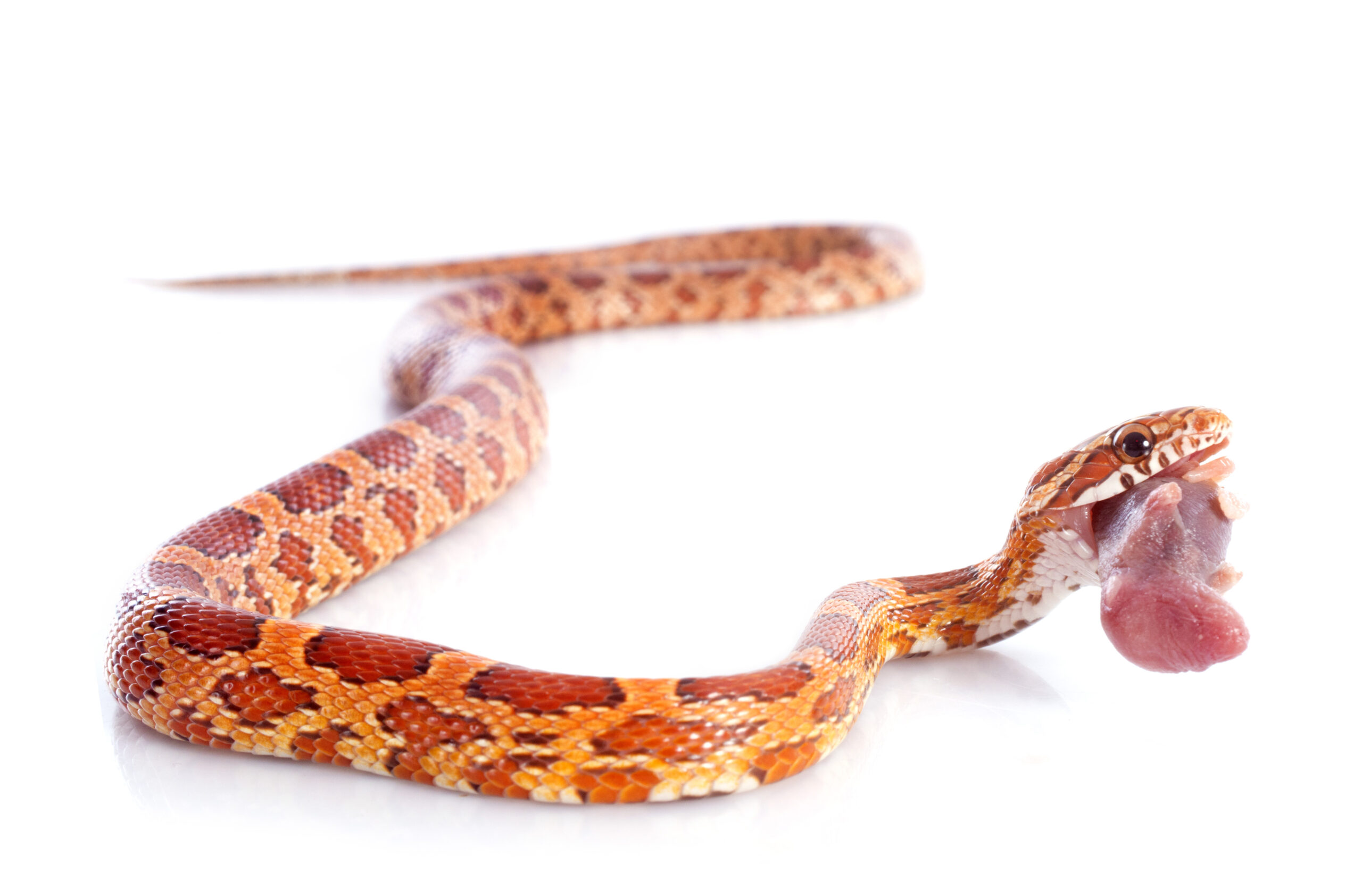
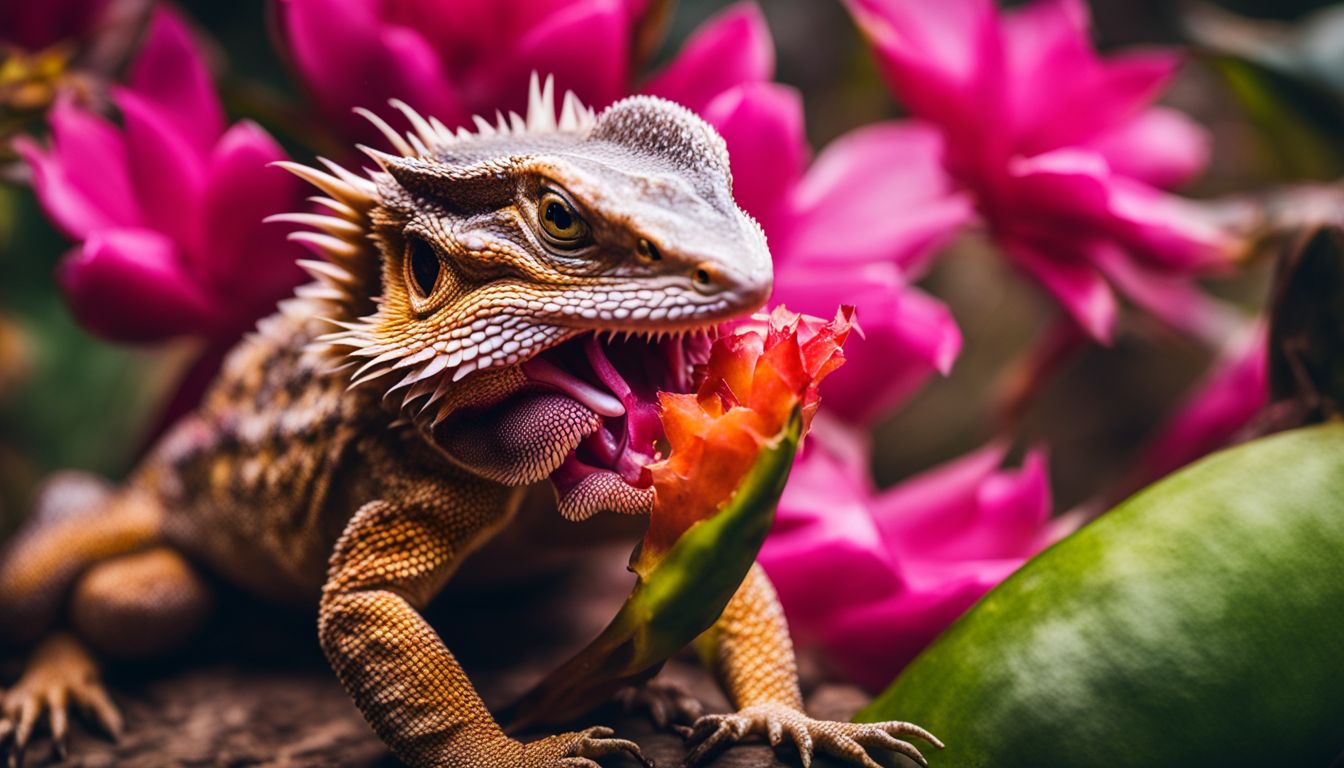
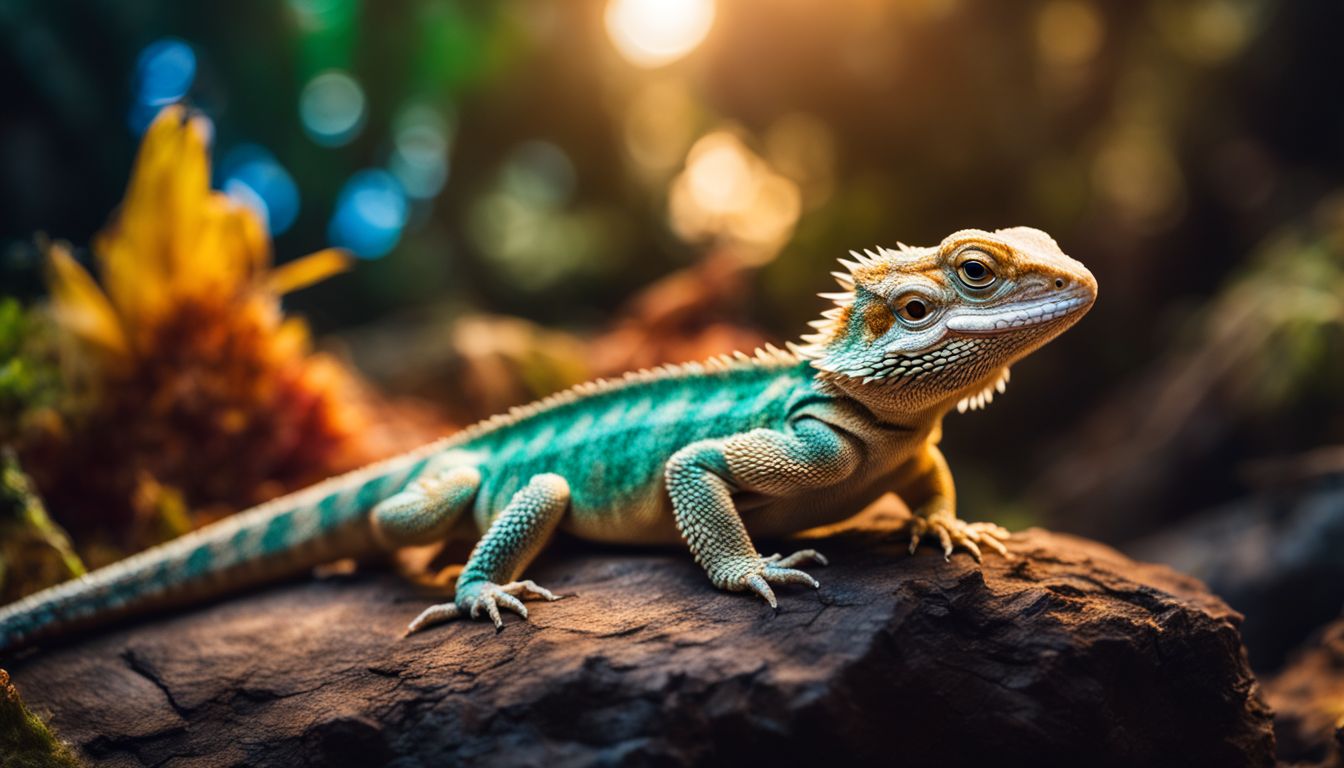
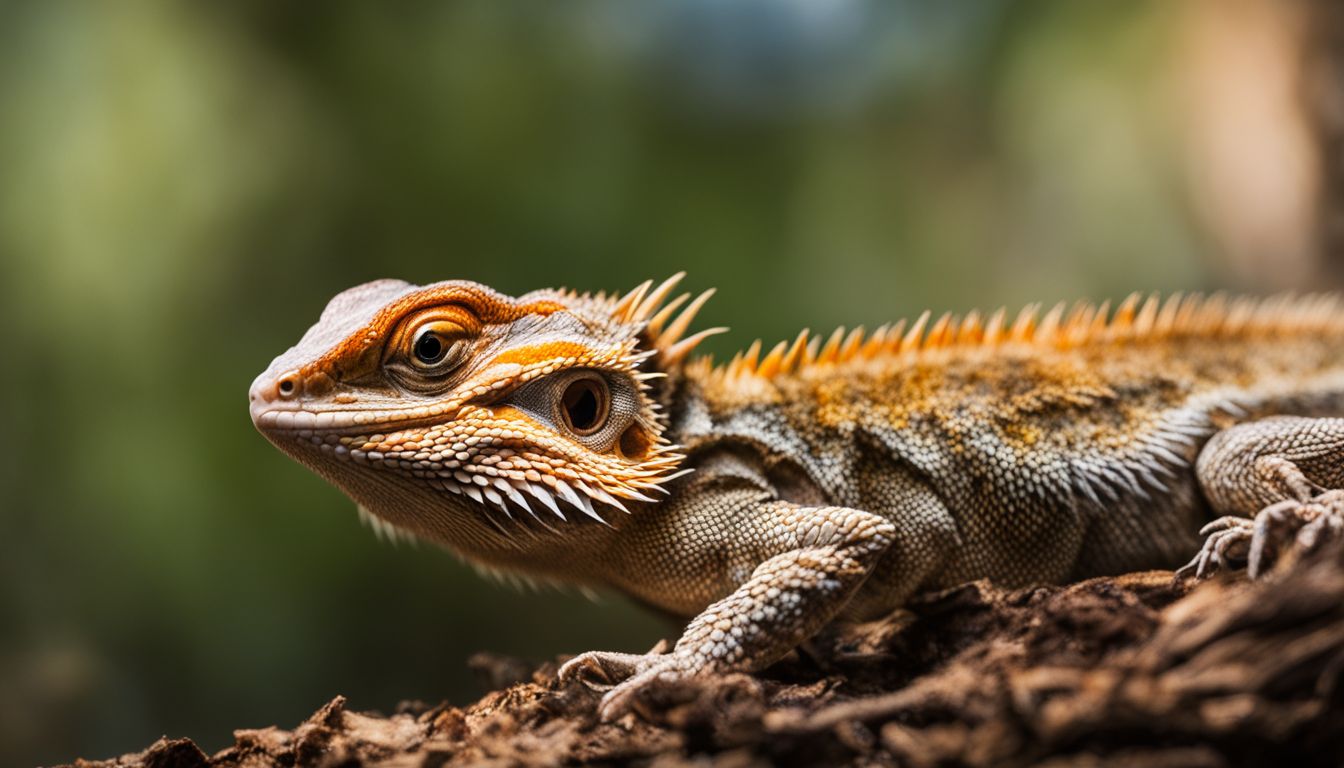
Leave a Reply